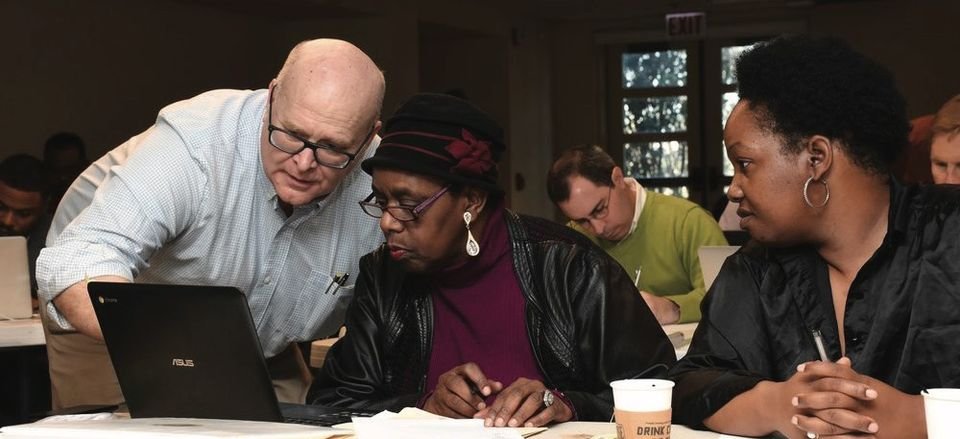Embedded Urbanists? Isn't there some shortcut?
Incremental Development Boot Camp Columbus, Georgia
For the last 24 years the Congress for the New Urbanism (CNU) has been my primary professional network as a developer, builder, and urban designer.
During that period the CNU has made a lot of progress in providing alternatives to the conventional sprawl development pattern. We figured out a lot of the hardware side of things, better zoning codes, better public engagement, better streets and public spaces, and better buildings. Our greenfield projects frequently produce “Man Bites Dog” stories in the popular press, while our infill and affordable housing efforts are too self evident to merit much attention. I’ve done both, and find that the infill work is much more difficult.
This week is the annual gathering of the CNU tribe, the first time we have met in person since 2019. Looking over the sessions on offer this year, there is a lot of attention on two topics, adapting to Climate Change and addressing issues of Racial and Economic Equity.
CNU members are really good at addressing issues on the hardware side of the built environment, particularly at the scale of the building, lot, block, street, neighborhood, and district. I figure there will be a lot of tools and techniques for Climate Adaptation coming on the foundation of that work. I think my friends and colleagues are well suited for that kind of work.
Racial and economic equity is whole ‘nother thing. The inequity we see in our cities, neighborhoods and sprawling dysfunctional suburbs is a software problem, tearing up the folks without wealth, influence, or choices the most. The CNU has not very good at identifying and solving the software problems producing and reinforcing inequity. Again, we are development, design, and policy types, focused upon solving hardware problems.
The worst impacts of Climate Change will hit the households with the fewest resources and the fewest choices. Black and Brown households. Climate impacts will accelerate the existing structural and systemic inequities. Black and brown households already face the wealth gap. income gap, and the appraisal gap which limit where they can live and where they can live shapes co many outcomes.
In her recent book, Reclaiming Your Community, Majora Carter lays out the persistent problem of concentrating poor people in one part of a city or in large scale subsidized housing projects. She identifies the brain drain from low status neighborhoods and she outlines what folks can do to live in a better neighborhood without having to move. Her presentation at CNU in Seattle in 2016 still kinda haunts me.
The goal of cultivating a new generation of incremental developers has been to provide know how, supportive professional relationships, and access to capital for the people who want to make a difference in their neighborhood and city. We figured it was important to shift the scale of what we are building and to craft new business models for how to build in smaller increments. When the scale of greenfield or infill development is limited to large projects, only large outfits can participate. I think we got that at least half right.
Our goal of cultivating 1,000 small developers has to be amended to cultivating 1,000 black and brown small developers. Building/rebuilding in distressed neighborhoods cannot be left to large scale white guy outfits from out of town. I don’t think producing books, online lectures and coaching or traveling road shows and charrettes facilitated by smart and caring people from some place else are going to advance that goal in meaningful ways. That stuff is helpful, but we had better dig deeper and be more rigorous.
I think it’s time fo build a network of urbanists who want to live and work in distressed low status neighborhoods. To be genuinely local. To be embedded.

